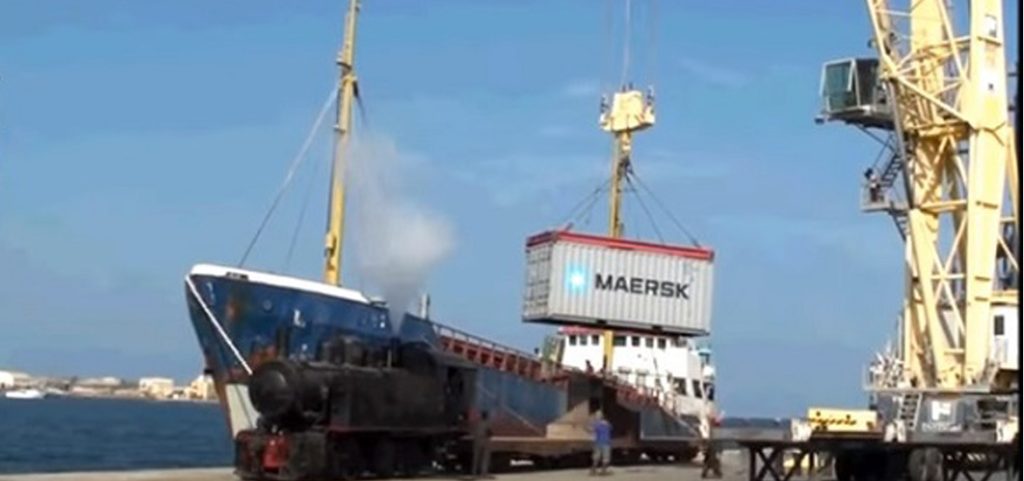✍️ By Mohammed Siraje (Journalist and social science researcher for over twenty years)
The question of Ethiopia’s coastline has become central to the country’s sustainable development and survival strategy. To understand the issue in depth, it is necessary to examine the path of loss, the options available under international law, and its geopolitical implications for East Africa.
1. How did Ethiopia lose its coastline?
The process by which Ethiopia lost its coastline is complicated by a number of historical and political decisions.
During the colonial period, treaties signed between Ethiopia and Italy (such as those of 1900, 1902, and 1908) formed the basis for subsequent border relations.
Looking at the history of federation and integration, after Eritrea’s federation with Ethiopia in 1962, the coastline, including Assab and Masawa, became fully accessible to Ethiopian trade.
The result of the secession was that when Eritrea gained independence in 1993, Ethiopia became a landlocked state losing its direct access to the sea. This situation has put a great strain on the country’s economic activity.
2. International Law and Other Options for Reclaiming Coastal Access
The reclaiming or regaining of coastal access is based on two main sources of law: the United Nations Convention on the Law of the Sea (UNCLOS) and regional practice.
UNCLOS Protection: As a signatory to the Convention on the Law of the Sea (UNCLOS), Ethiopia has full rights to access to and from the sea (Article 125) and freedom of passage (Article 127). This right requires it to use transit routes and ports for a reasonable fee.
The Question of History/Equity: Some scholars argue that Ethiopia’s claim should be based not only on UNCLOS laws, but also on historical relations and the Principle of Equity.
Transitional Agreements: Agreements such as Somaliland are not bilateral agreements, but rather practical options to satisfy current access needs, rather than long-standing ownership issues.
3. The Geopolitical Context of East Africa
The Ethiopian maritime border issue is at the heart of the geopolitical tension in the Red Sea region of East Africa.
Sovereignty: The Red Sea is the focus of global attention in terms of international trade and military activity. While transit states claim sovereignty and seek to control their coastlines, Ethiopia, as a major country in the region, must uphold its right to free trade.

Role of the African Union (AU): Since the AU’s core principle is “Uti Possidetis Juris” (colonial borders remain intact), focusing on access rights rather than demarcation is the best way to maintain peace in the region.
The overall need for multilateralism lies not only in the neighboring countries (such as Djibouti, Eritrea, and Somaliland), but also in concerted efforts to strengthen regional peace and economic integration.
For this purpose, the United Nations Convention on the Law of the Sea (UNCLOS), which was adopted in 1982 and entered into force in 1994, is the main international law governing the rights and responsibilities of states in the world’s oceans, as well as the use and conservation of marine resources. Ethiopia has ratified and signed this convention.
The provisions of UNCLOS that are relevant to Ethiopia’s maritime claim primarily concern the rights of land-locked states.
1. Section 1 Right of Access to and from the Sea
This section provides a direct and essential legal basis for Ethiopia.
a) Article 125: Right of Access to and from the Sea
Main content: A land-locked state has the right to access and leave the sea. This right is essential for the citizens of that state to conduct maritime-based trade and development.
Meaning for Ethiopia: This article clearly recognizes that Ethiopia has the right to use its maritime space as an international legal right. This right shall not be denied by any transit State.
b) Article 127: Freedom of Transit
Main content: The movement of goods from a land-locked State through the territory of a transit State to the sea shall be free from excessive customs duties, non-tariff charges or other charges.
Meaning for Ethiopia: The fees paid by Ethiopia when using neighboring ports (such as Djibouti or the former Assab) shall be “reasonable and non-discriminatory fees” and shall not be discriminatory or punitive in nature.
2. Other provisions supporting Section 1
a) Article 3: Transit Routes
Transit States and land-locked States shall facilitate and determine transit routes by mutual agreement and negotiation.
This shows that the access to the seaport is based on bilateral negotiations and not on a unilateral decision. Ethiopia’s negotiations with Eritrea should bear fruit in accordance with this article.
b) Article 130: Customs Arrangements
Transit countries are required to demonstrate the necessary customs and administrative efficiency for the transit needs of landlocked countries.
Speed and efficiency of service will have a legal basis for Ethiopia.
The importance of the International Law of the Sea for Ethiopia,
Legal Cover: UNCLOS is an international law that respects Ethiopia’s right to use it more than anyone else.
Basis of Negotiation: Ethiopian diplomacy bases its negotiations with neighboring countries (for lease, joint development or service) on this international law.
International Attention: When Ethiopia brings its problem to the international forum (I.R.) by citing these articles, it can show that its issue is not a political one but a legal and development issue.
Therefore, Ethiopia can assert its right to use the Red Sea without war, based on historical justice on the one hand (emphasizing its historical connection to the Red Sea), and on the other hand based on the rules of UNCLOS.